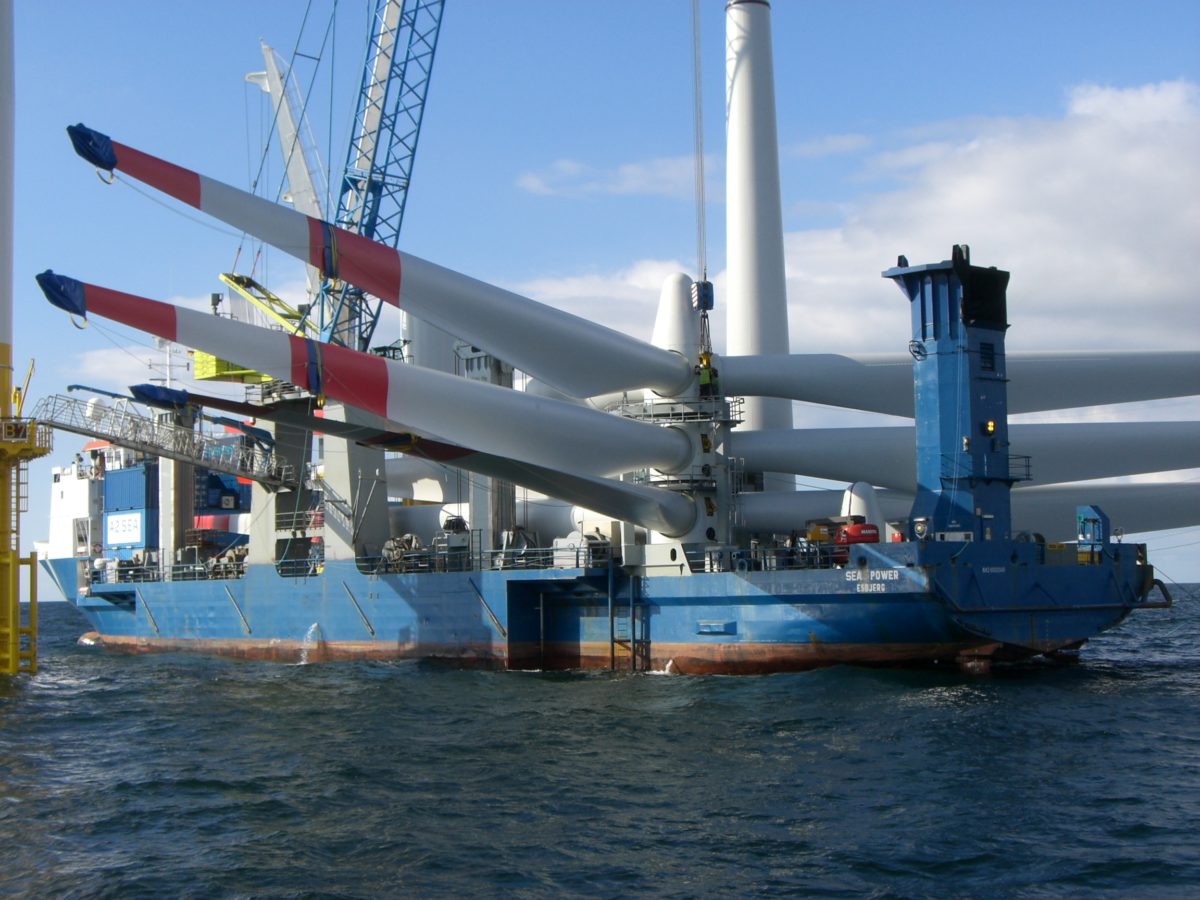The offshore wind industry has been growing steadily in recent years. A speaker at an offshore wind conference a couple of years ago pointed out how hard it was to stay up to speed on the industry’s latest developments. At that point, offshore wind states’ requirements had gone from 15,000 megawatts (MW) to 20,000 MW in only five months. Now, according to the National Renewable Energy Laboratory (NREL), the industry has more than 35,000 MW in various stages of development, and the Biden administration has set a goal of deploying 30,000 MW of offshore wind by 2030.
The question should no longer be whether offshore wind can play a key role in supplying the electricity needs of US coastal cities while cleaning up the power sector, but rather how we can ensure that the transition to offshore wind will be an equitable one.
While we are trying to recover from the worst impacts of the pandemic, we need to remember that a disproportionate number of Black, Latinx, and Indigenous people have died from COVID-19 due to systemic socioeconomic inequities that include a disproportionate exposure to air pollution from fossil fuels that elevates their risks. These impacts provide yet another reason for moving away from fossil fuels as quickly as possible.
In this transition away from fossil fuels, though, the urgency of the climate and public health crises should not justify perpetuating historic inequities in the energy arena for the sake of reducing heat-trapping emissions or cleaning the air. US offshore wind energy deployment represents a unique opportunity to right longstanding wrongs as we act on climate, rebuild our economy, and confront systemic racism in our daily life.
Here are three critical opportunities for the equitable deployment of offshore wind:
Offshore wind should ensure a just transition for workers
- Diverse workforce: Renewable energy is still a young industry, and it is essential that its workforce represents the communities that it is to serve. Data from the Solar Foundation found that women represent only 30 percent, Latinx workers less than 20 percent, Asian workers 9 percent, and Black workers only 8 percent of the solar workforce. As the industry takes off, initiatives to ensure a diverse offshore wind workforce are needed now more than ever.
- Labor standards: High-quality, decent-paying jobs should be the standard of the developing US offshore wind industry. The Project Labor Agreement (PLA) signed in July by Vineyard Wind and the Southeastern Massachusetts Building Trades Council, and the agreement signed in September by Dominion Energy, the North America’s Building Trades Unions and their state affiliate Virginia Building Trades, serve as examples of how the industry can embrace labor standards.

Offshore wind should prioritize engagement with marginalized communities
- Native American communities: The oil and gas industry has set a precarious precedent by disrespecting over and over Indigenous people’s sacred land. The first attempt to build offshore wind in the United States, starting 20 years ago, only heightened tension between the energy industry and Indigenous communities. It’s essential to properly engage Native American communities to understand how to better advance offshore wind in relation to indigenous land and natural resources.
- Environmental justice (EJ) groups: Representation of the environmental justice community in decisionmaking is a cornerstone to ensuring that issues such as electricity affordability, siting, workforce, and port development are informed by the people who will likely be impacted the most. For example, there are ongoing efforts to remove a longstanding “price cap” for new offshore wind projects. While a cap can help incentivize companies to build projects for Massachusetts, it’s vital to ensure that the energy burden for low- to moderate-income households won’t be exacerbated by such decisions. According to US Department of Energy (DOE), the national average energy burden—the portion of income that goes to cover energy costs—for low-income households is 8.6 percent, nearly three times higher than for non-low-income households, which is estimated at 3 percent.

Sustainable port initiatives should advance green energy hubs
- Electrification of ports and clean trucks: Groups such as UPROSE in New York have been advocating for green industrial development in their neighborhoods to create good-paying jobs and reduce air pollution. We need to match offshore wind’s promise of cutting air pollution from power plants with a commitment to develop this industry without exacerbating other air pollution.
Offshore wind energy represents a unique opportunity. The essential question confronting this new technology should be not so much about how to advance offshore wind, but about how to ensure an equitable transition to this exciting new energy source.

